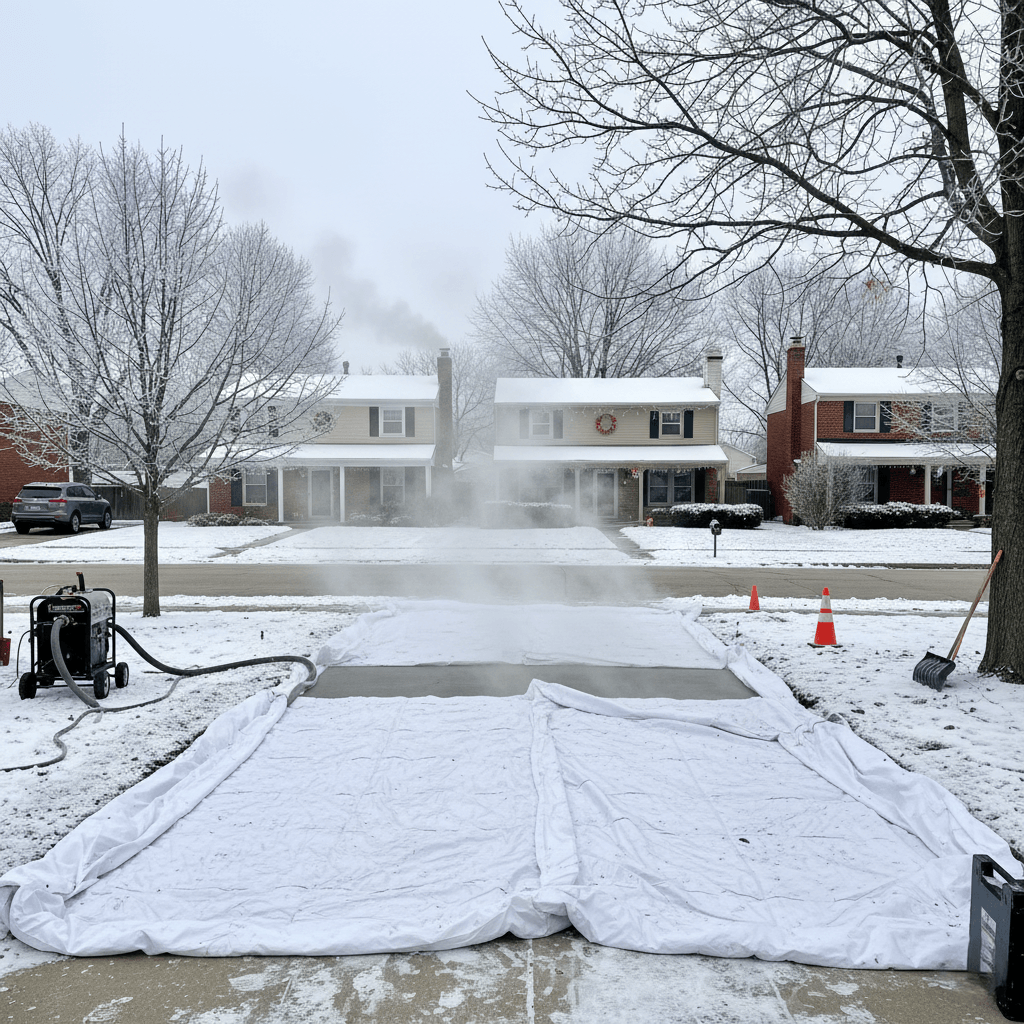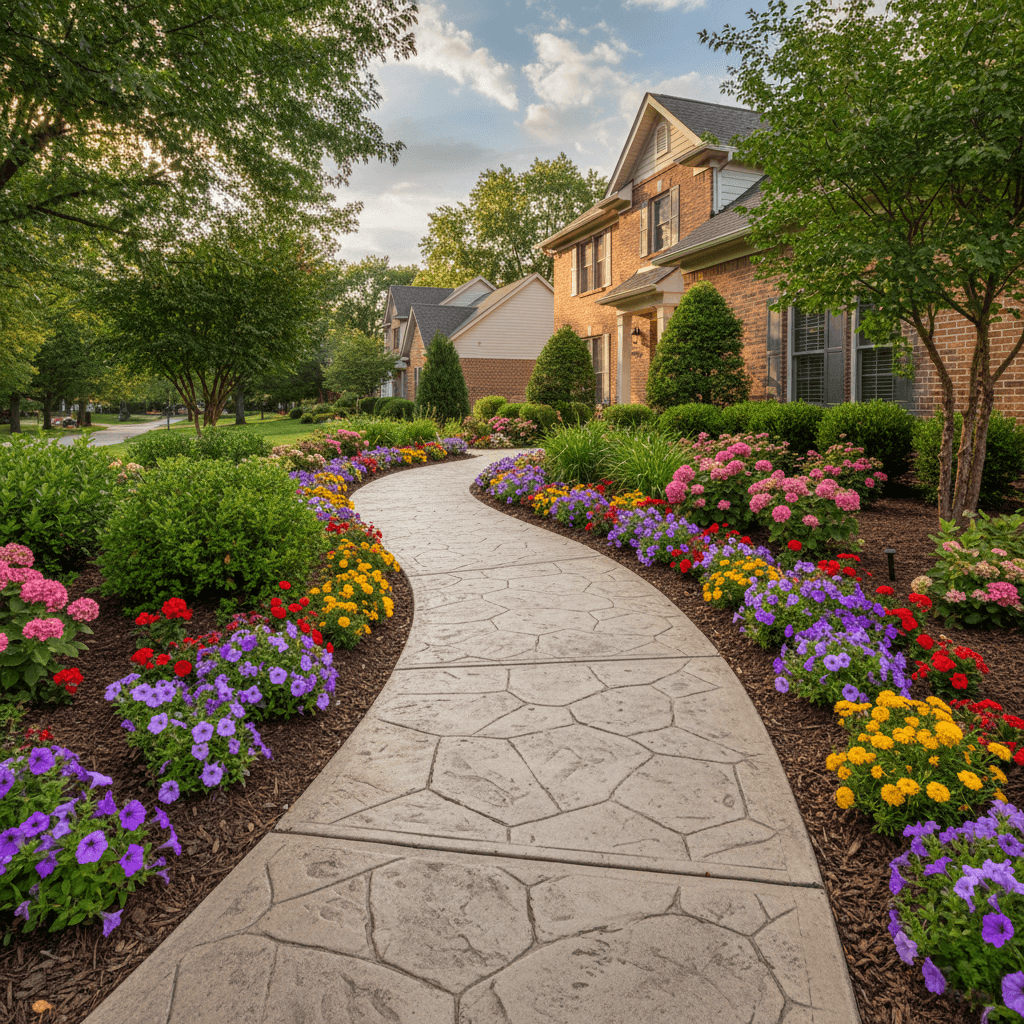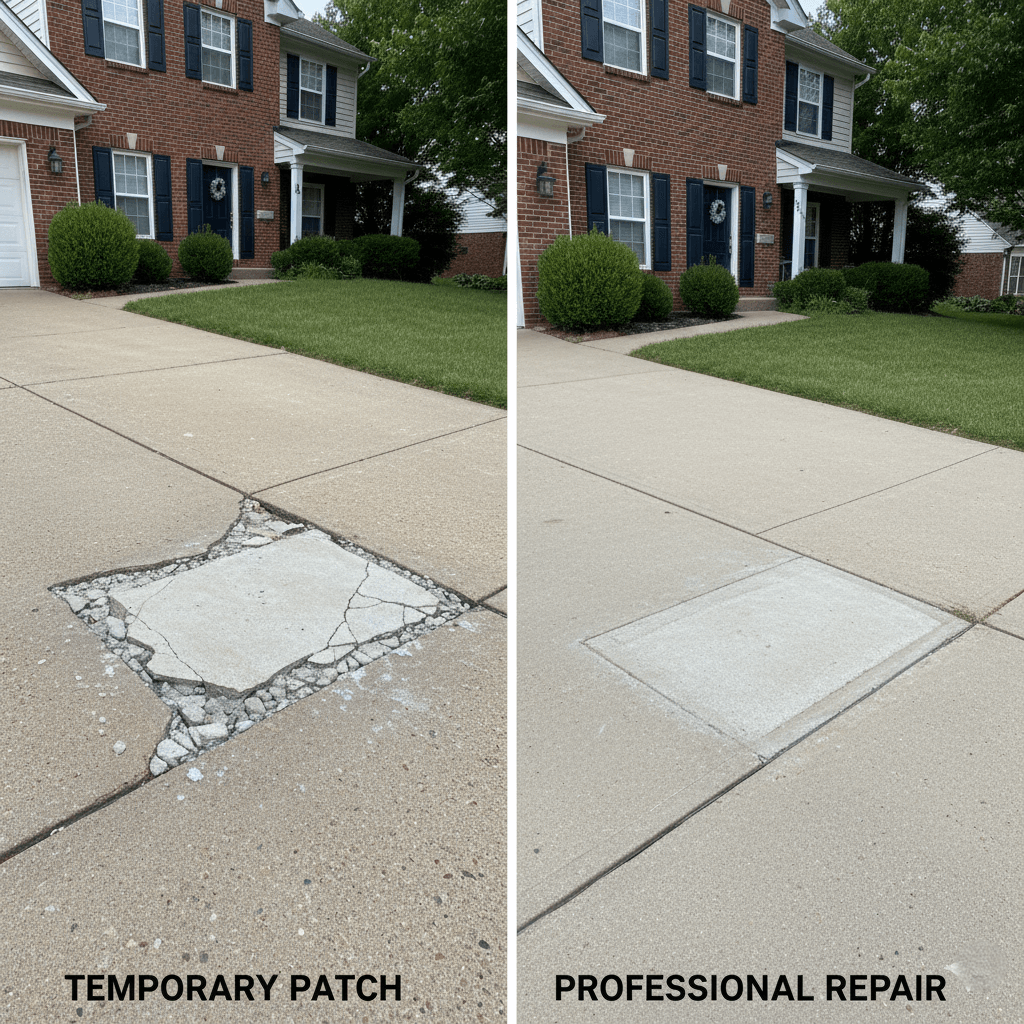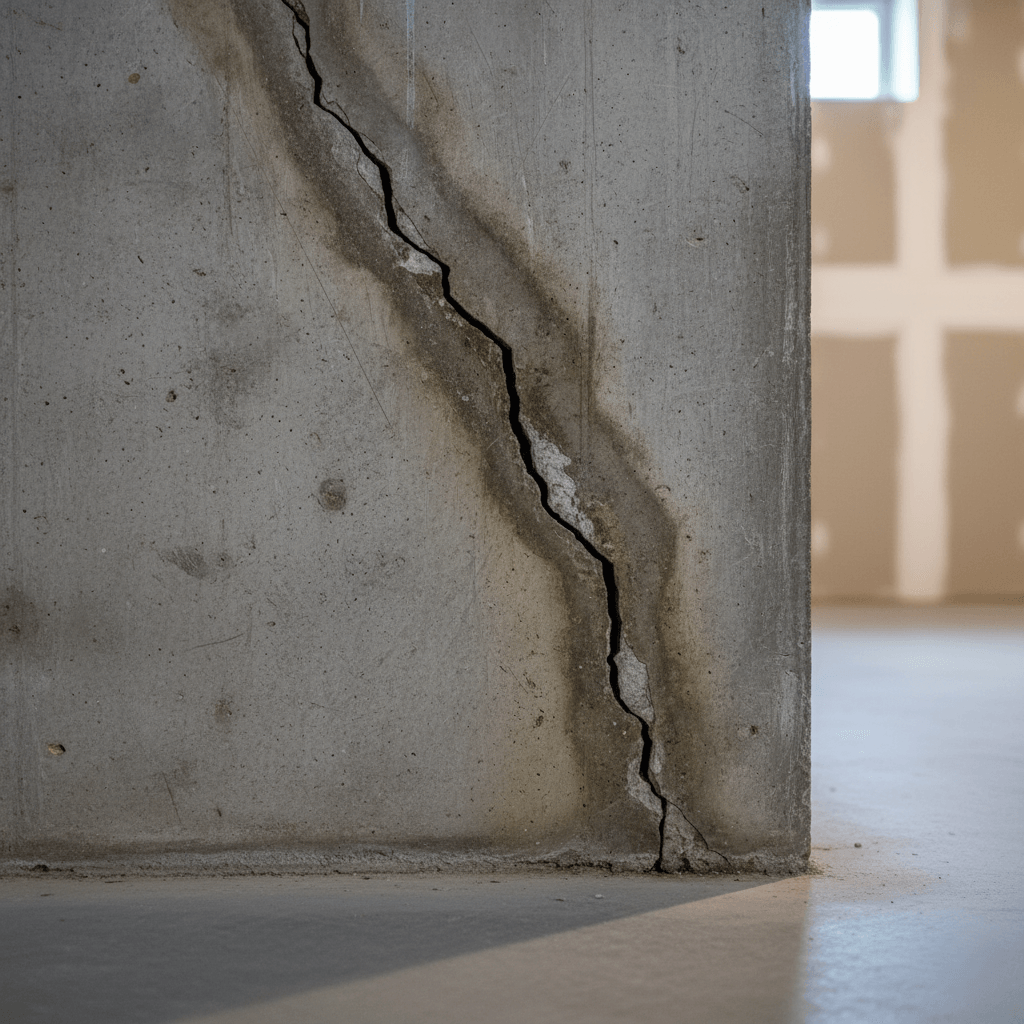5 Reasons Why Stamped Concrete is Perfect for St. Louis Homes
Stamped Concrete St. Louis
Homeowners throughout St. Louis are discovering the remarkable benefits of stamped concrete for transforming outdoor living spaces. This versatile decorative technique offers the high-end appearance of natural stone, brick, or wood at a fraction of the cost. From historic neighborhoods like Webster Groves to modern developments in Kirkwood, stamped concrete installations are enhancing driveways, patios, pool decks, and walkways across the region. The material’s ability to withstand Missouri’s challenging climate while maintaining its beauty makes it an increasingly popular choice. Understanding why stamped concrete performs exceptionally well in St. Louis helps homeowners make confident decisions about their property improvements.
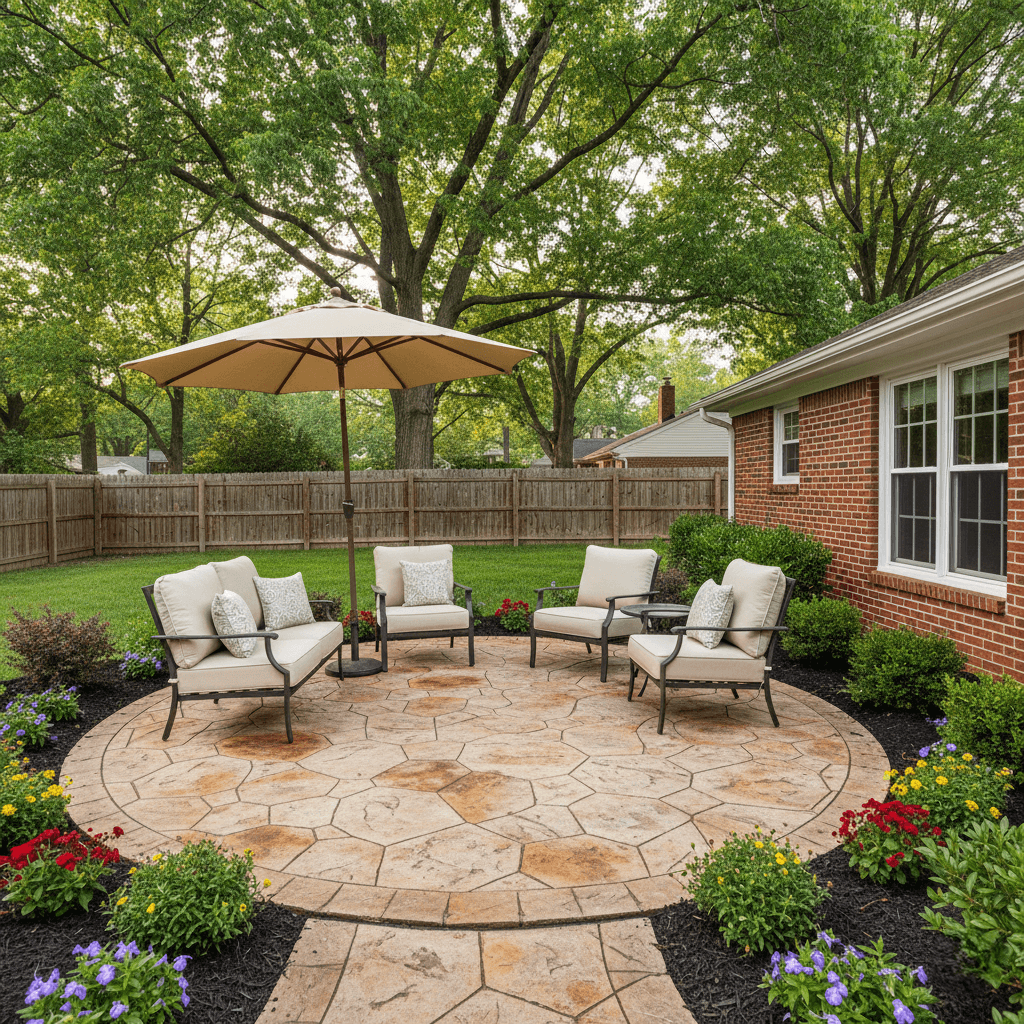
Reason 1: Exceptional Durability Against Harsh Weather Conditions
St. Louis experiences dramatic seasonal temperature swings, with winter lows around 25°F and summer highs approaching 90°F. These extreme variations create challenging conditions for outdoor surfaces through constant freeze-thaw cycles. Stamped concrete demonstrates remarkable resilience against this thermal stress when properly installed with appropriate techniques. The monolithic nature of stamped concrete prevents the shifting and settling problems that plague individual pavers and brick installations.
Resisting Freeze-Thaw Damage
Winter poses significant threats to outdoor surfaces as water infiltrates materials, freezes, expands, and causes cracking during thaw periods. St. Louis typically experiences dozens of freeze-thaw cycles each winter season, repeatedly stressing concrete surfaces. Professional installations incorporate air-entrainment technology that creates microscopic air pockets within the concrete matrix. These tiny voids provide expansion chambers where freezing water can move without generating destructive pressure. Proper sealing further protects against moisture penetration, dramatically reducing freeze-thaw vulnerability throughout the concrete’s lifespan.
Withstanding Heavy Precipitation
The St. Louis region receives approximately 44 inches of annual rainfall, with intense storms frequently overwhelming drainage systems. Properly installed stamped concrete includes strategic slope grading that facilitates water runoff rather than allowing moisture accumulation. Unlike pavers with numerous joints where water can seep and cause undermining, stamped concrete’s continuous surface minimizes water infiltration points. The material’s density prevents erosion beneath the surface that commonly affects loose stone and gravel applications. Flash flooding events that increasingly impact the metropolitan area pose minimal threat to well-constructed stamped concrete installations.
Reason 2: Stunning Aesthetic Versatility
Stamped concrete offers virtually unlimited design possibilities that allow homeowners to achieve any aesthetic vision imaginable. Popular patterns include slate, flagstone, cobblestone, brick, and even wood plank designs that perfectly complement existing architectural styles. Color options range from subtle earth tones matching natural stone to bold hues creating dramatic focal points. Multiple colors can be layered within single projects, mimicking the authentic variations found in genuine materials.
Matching St. Louis Architectural Styles
The diverse housing stock throughout St. Louis includes Victorian mansions, Craftsman bungalows, Colonial revivals, and modern ranch homes. Stamped concrete adapts seamlessly to each architectural style through careful pattern and color selection. Victorian homes in Lafayette Square benefit from intricate brick or cobblestone patterns that echo period authenticity. Ranch homes throughout Webster Groves complement flagstone or slate patterns in warm gray tones. Contemporary designs embrace larger format patterns with cleaner lines and minimal color variation. Professional contractors help homeowners select combinations that enhance rather than clash with existing aesthetic elements.
Creating Outdoor Living Spaces
Modern homeowners increasingly view outdoor areas as extensions of interior living spaces requiring equal design consideration. Stamped concrete enables the creation of sophisticated patios that rival indoor flooring in visual appeal while providing practical functionality. Integrated borders and accent patterns define distinct zones for dining, lounging, and cooking areas. Seamless transitions between different outdoor spaces create cohesive designs that maximize property potential. The material’s versatility allows the incorporation of curves, radii, and complex shapes that are impossible with rigid paver systems.
Reason 3: Superior Cost-Effectiveness
Budget considerations significantly influence flooring decisions, making cost comparison essential for informed choices. Stamped concrete typically costs between eight and eighteen dollars per square foot, depending on pattern complexity and color options. Natural stone installations often exceed twenty-five dollars per square foot before accounting for ongoing maintenance expenses. Brick pavers range from fifteen to thirty dollars per square foot, with higher labor costs than concrete installations.
Long-Term Value
Initial installation represents only one component of total ownership costs over a surface’s lifespan. Stamped concrete requires minimal maintenance beyond periodic cleaning and resealing every three to five years. Individual pavers shift over time, requiring releveling, joint sand replacement, and weed control that generate recurring expenses. Natural stone demands professional cleaning and periodic resealing to maintain appearance and prevent deterioration. Wood decking requires annual staining, frequent board replacement, and eventually complete reconstruction. Calculating lifetime costs reveals stamped concrete’s substantial financial advantages despite potentially higher upfront investment compared to basic concrete.
Increasing Property Value
Well-designed outdoor spaces significantly enhance curb appeal and contribute measurably to property values. Real estate professionals consistently report that attractive hardscaping influences buyer decisions and justifies higher asking prices. Stamped concrete installations appear more expensive than their actual cost, delivering high-end aesthetics that impress potential buyers. Properties with dated or damaged outdoor surfaces face difficulty attracting offers and typically sell at discounts. Investment in quality stamped concrete protects and potentially increases equity while providing immediate enjoyment benefits.
Reason 4: Low Maintenance Requirements
Busy homeowners appreciate materials that maintain their beauty without demanding constant attention. Stamped concrete requires remarkably little ongoing maintenance compared to alternative paving options. Regular sweeping removes debris that could scratch protective sealers, while occasional pressure washing restores the original appearance. Resealing every three to five years preserves color vibrancy and protects against staining and weather damage.
Avoiding Common Maintenance Problems
Paver installations develop persistent issues, including weed growth through joints, ant colonies undermining stability, and individual units sinking or tilting. Homeowners spend considerable time and money addressing these recurring problems throughout ownership. Natural stone requires specialized cleaning products to prevent discoloration and etching from environmental exposure. Wooden surfaces demand annual refinishing and regular inspection for rot, insect damage, and structural deterioration. Stamped concrete eliminates these headaches through its monolithic construction and durable surface characteristics that resist biological growth and structural degradation.
Simple Repair Procedures
While stamped concrete can develop cracks over time, repairs remain relatively straightforward when performed by experienced professionals. Small cracks receive specialized filling compounds that blend with surrounding surfaces. Larger damage areas can be cut out and replaced, though matching original colors requires skilled technique. Preventative maintenance, including proper sealing and addressing minor issues promptly, minimizes repair needs. The material’s fundamental strength means catastrophic failures rarely occur absent extreme circumstances like major foundation settlement or root intrusion.
Reason 5: Safe and Functional Surface Characteristics
Safety considerations carry particular importance for outdoor surfaces where wet conditions increase slip risks. Stamped concrete textures provide natural traction superior to smooth concrete finishes. Pattern depth creates surface irregularities that improve grip even when damp or covered with fallen leaves. Additional non-slip additives can be incorporated into sealers for areas requiring maximum traction, such as pool decks.
Seamless Surface Advantages
The continuous nature of stamped concrete eliminates trip hazards created by uneven pavers or lifting individual stones. Children can safely ride bicycles and scooters across stamped surfaces without encountering joint edges that catch wheels. Mobility-challenged individuals navigate stamped concrete more easily than surfaces with numerous joints and height variations. Winter snow removal proceeds smoothly across uniform surfaces without equipment catching on individual pavers or displaced stones. This seamlessness also prevents water accumulation in joints where mosquitoes breed during humid Missouri summers.
Heat Management Properties
Summer temperatures in St. Louis regularly exceed 90°F, making surface heat absorption a practical concern. Light-colored stamped concrete reflects more solar radiation than dark asphalt or certain stone materials. The material’s thermal mass moderates temperature extremes by absorbing heat gradually during daytime hours and releasing it slowly after sunset. Strategic color selection minimizes surface temperatures, creating more comfortable outdoor spaces during peak summer months. Proper installation techniques include adequate substrate preparation that prevents heat-related expansion problems.
Professional Installation Ensures Success
Achieving the full benefits of stamped concrete requires professional expertise in material preparation, pattern application, and finishing techniques. The installation window demands precise timing as concrete must remain workable long enough to complete stamping without compromising structural integrity. Experienced contractors understand local soil conditions, proper substrate preparation, and reinforcement requirements for St. Louis applications. Color application techniques determine authenticity and depth of finished appearance, skills developed through extensive training and practice.
Choosing Quality Materials
Not all concrete mixes deliver equal performance, particularly under Missouri’s demanding climate conditions. Professional contractors specify appropriate concrete strengths, air-entrainment levels, and admixtures that optimize durability. Quality stamp patterns reproduce natural materials convincingly through detailed impressions and realistic texture variations. Premium sealers protect against UV degradation, chemical exposure, and moisture penetration far better than economy products. Material selection significantly influences project longevity and owner satisfaction over decades of use.
Transform Your Outdoor Spaces
Stamped concrete delivers an unmatched combination of beauty, durability, and value for St. Louis area homeowners seeking to enhance their properties. Whether creating an elegant patio in Kirkwood, a functional driveway in Webster Groves, or a stunning pool deck anywhere in the region, this versatile material exceeds expectations. At St. Louis Concrete Works, we specialize in stamped concrete installations that withstand Missouri’s climate challenges while creating outdoor spaces you’ll enjoy for decades. Our experienced team guides you through pattern and color selection, manages all aspects of installation, and ensures proper finishing for long-lasting results. We understand the unique requirements of St. Louis properties and deliver stamped concrete solutions that enhance both functionality and curb appeal throughout every season.

